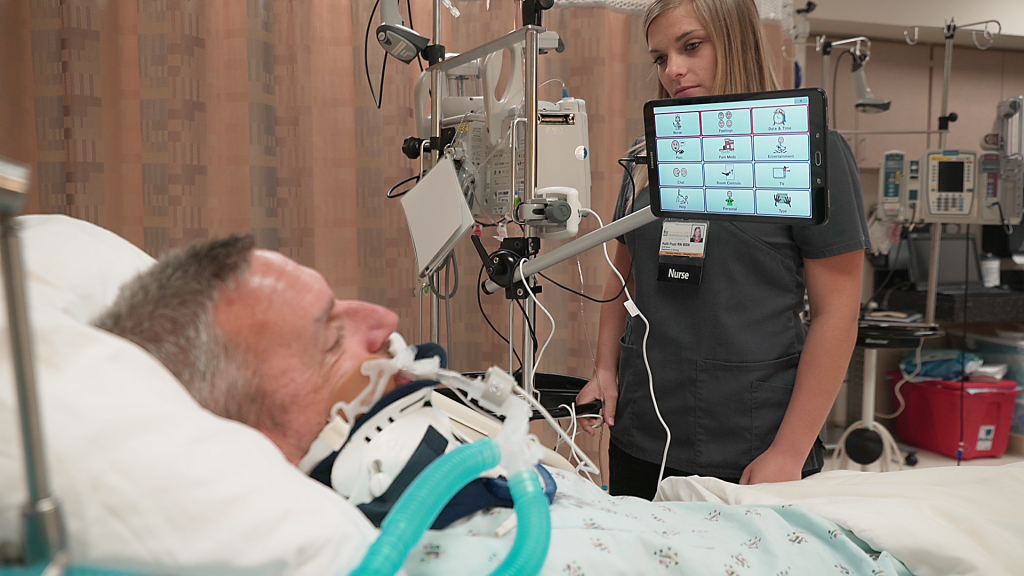Experiencing a preventable adverse event while you are hospitalized can increase the length of your hospitalization, lead to a long-term disability, and sometimes death. In addition to the pain and suffering that you might experience, the hospital will incur the financial pain associated with the costs they must absorb in treating you as well as the cost of any malpractice claim.
Over 20 years ago, the Institute of Medicine issued a report about the pervasiveness of preventable adverse events in healthcare, and the Joint Commission, which accredits hospitals in the United States, has promulgated a series of patient care standards in an attempt to reduce the incidence of preventable adverse events. In spite of a wide range of targeted changes to hospital procedures, the incidence of preventable adverse events continues to remain unacceptably high. It turns out that the risk of experiencing a preventable adverse event is much higher if you are unable to communicate with hospital staff. Specifically, you are more likely to experience an adverse drug reaction, fall, develop pressure sores, or ventilator-associated pneumonia. If you can’t summon help and if you can’t let your caregivers know about pain and other symptoms, then they may not be able to promptly and properly treat you.
- If you are on mechanical ventilation, it is important that you be able to let your nurse know that you are having difficulty breathing and need to have your airway suctioned.
- If you are being given a blood transfusion or a new medication, it is critical that you be able to let your nurse know if you are experiencing any novel sensations or symptoms that might indicate that you are having an allergic reaction that can result in serious injury and may even lead to death.
- If you are bedridden and limited in your ability to move for even a short period of time, you can quickly develop a pressure sore that can become infected.
In the U.S. a little over 5% of patients experience one of these communication-related preventable adverse events, at a cost to hospitals of 17.5 billion dollars a year. For patients who face a communication barrier, the incidence rate for these preventable adverse events is nearly 8% with an added cost of over 9.5 billion dollars. You don’t have to be one of those patients you land up being hospitalized. Even if you can only produce a single intentional gesture, Voxello’s noddle smart switch and the noddle-chat communication tablet make it possible for you to be able to summon help and effectively communicate with their caregivers.
Clinical trials have shown that patients who had access to Voxello’s noddle and noddle-chat had better outcomes and were more satisfied with their care. If you’d like to learn more, please reach out to Richard Hurtig, Ph.D. He is available to answer your questions:
Richard Hurtig, Ph.D.
Chief Scientific Officer
O: 319-333-7302 ext. 501 | C: 319-594-5404
richardhurtig@voxello.com

